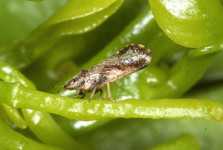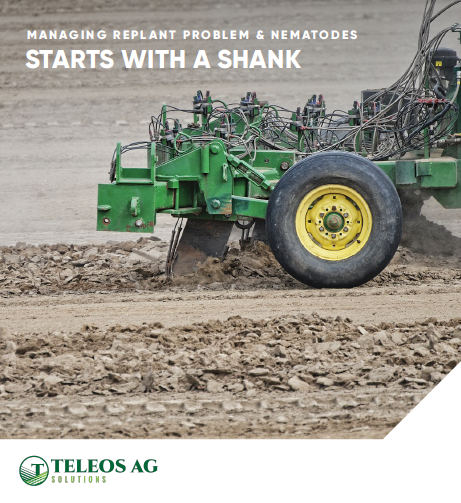HLB Battle Fully Engaged

As HLB continues its spread in Florida’s citrus groves, growers can take heart that researchers have concentrated significant efforts against the disease for more than four years now. According to Dr. Harold Browning, chief operations officer for the Citrus Research and Development Foundation (CRDF), it is a good time to reflect on where we’ve been and where we are heading.
He noted early recommendations of controlling the psyllid, managing disease inoculum through scouting and tree removal, and replanting citrus with disease-free stock ran into challenges because of the nature of the disease.
“Even with psyllid management implemented with increasing vigor, HLB managed to spread rapidly throughout the state,” he says. “Difficulty in detecting the disease and its latent period complicated efforts to slow spread.”
With the higher incidence of HLB, growers lost confidence in inoculum management and began adopting alternative management tactics for HLB. Now that scouting and tree removal is not widely practiced, Browning says research focus has evolved as well.
Currently, the following are major areas of emphasis in research. These broad points represent the goals of roughly 140 research projects under way:
- Enhancements to psyllid management for use across the industry in mature and new plantings;
- Immediate solutions to limit injury and loss from large-scale infection of mature groves, the mainstay of the citrus supply stream;
- Methods to protect new planted trees as resets and solid new blocks. It is essential that new trees reach productive age before being infected;
- Intermediate therapies that provide opportunity to reverse symptoms of infection and reduce disease impact in existing groves. These strategies will reverse effects of HLB infection of citrus trees and sustain productivity until other solutions emerge; and
- Development of cultivars tolerant or resistant to HLB. While no natural resistance is known, broad-ranging research is focused on creating resistant trees.
Blasting Psyllids
“Without populations of citrus psyllids, there would be no spread of HLB,” says Browning. “So, psyllid management is by far the most important component of response to HLB in Florida.”
Because of its importance, CRDF has invested more than $4 million in the current fiscal year on five major areas of psyllid research. Projects include understanding how the vector transmits the disease to trees. The pest’s biology and ecology also is being studied to find novel approaches for management that exploit mating signals and attraction/repellency related to host plants.
Another major short-term focus is optimizing the use of existing and new insecticides to control psyllid populations. Other studies are looking for non-pesticidal options for suppression. Examples of this include disrupting psyllid feeding mechanisms, use of guava-based and other repellents, and the use of biological organisms — particularly parasitoids — which attack and kill the pest.
Finally, RNAi strategies are being studied to disrupt psyllid populations. This approach would introduce small RNAi molecules into the psyllid, which would affect its critical functions, such as feeding or reproduction.
Feeding Trees
With fruit prices and HLB incidence on the rise, there is great interest in optimizing citrus tree nutrition. “Optimizing citrus nutrition is subject to enormous variability in yield that is both site and season dependent,” says Browning. “Additionally, the rate of decline of HLB-infected groves is highly dependent on the age of the trees at the time of infection and overall condition of the grove, including genotype, environmental interactions, soil, salinity, root disease, and the overall level of abiotic and biotic stress already imposed on a specific site.”
A field trial by Dr. Phil Stansly, UF/IFAS, was approved to compare the effects of nutritional supplements and psyllid control in young plantings at a single site. Dr. Ron Brlansky, UF/IFAS, has demonstrated interesting images of phloem structure and the uptake of nutrients using a fluorescent dye. It was recommended that he continue this work in an attempt to develop a useful and validated assay of phloem health.
HLB Solutions Timeline
So, how long will it take until a major breakthrough will occur in HLB science? Browning says the scientific community fully appreciates the urgency of this question. “We hear frequently that time is our enemy with HLB,” he says.
Short-term solutions have been a major focus of the CRDF in sponsoring research on psyllid vector control, to evaluate treatments being applied to enhance infected tree health, and to evaluate other management tools. Predicting exactly when research will be completed and the results ready for field use is difficult. If the results must pass through regulatory or product commercialization, it becomes even more difficult.
“The intent of the CRDF, as well as the scientists involved in this research, is to keep the urgency of delivering solutions of highest importance as we move forward,” says Browning.










